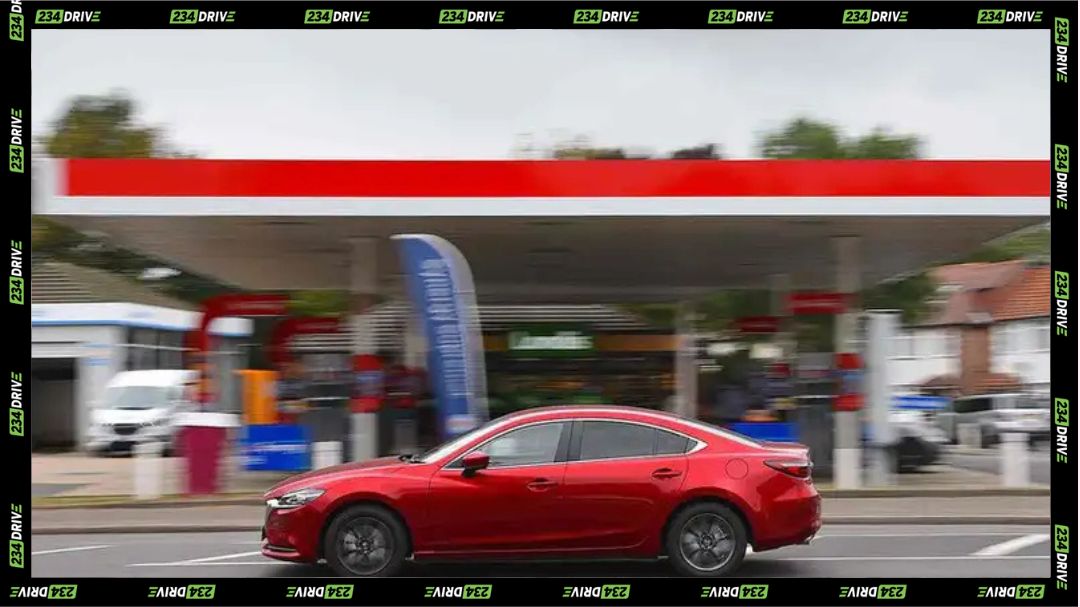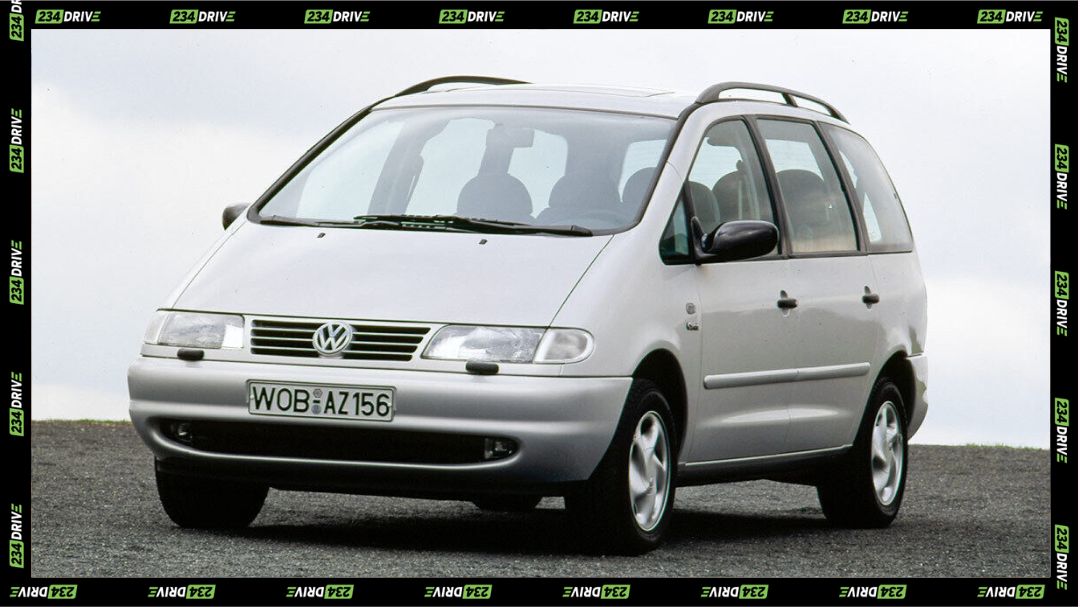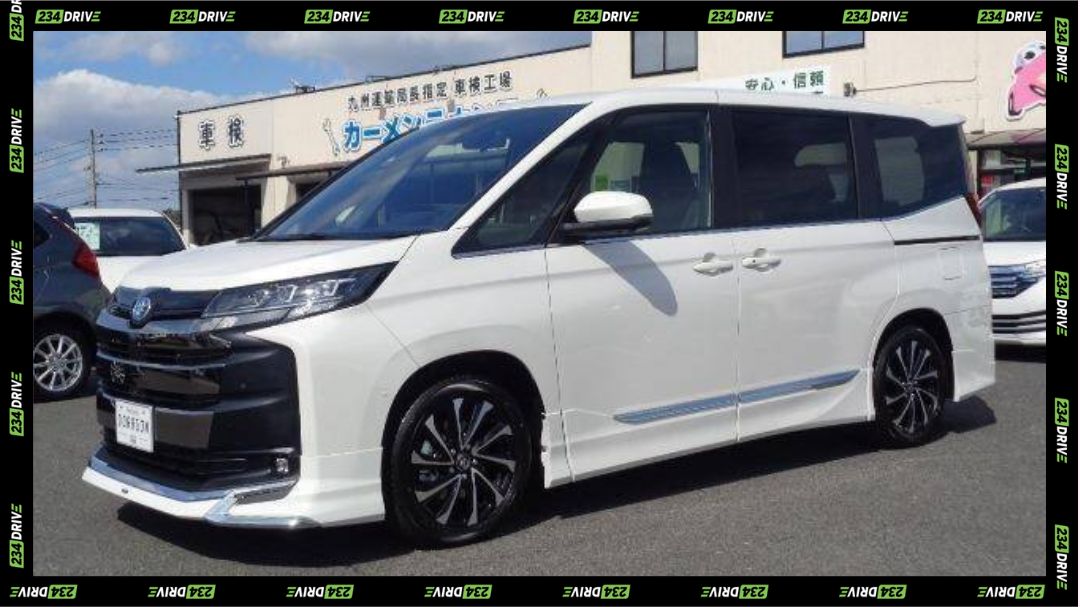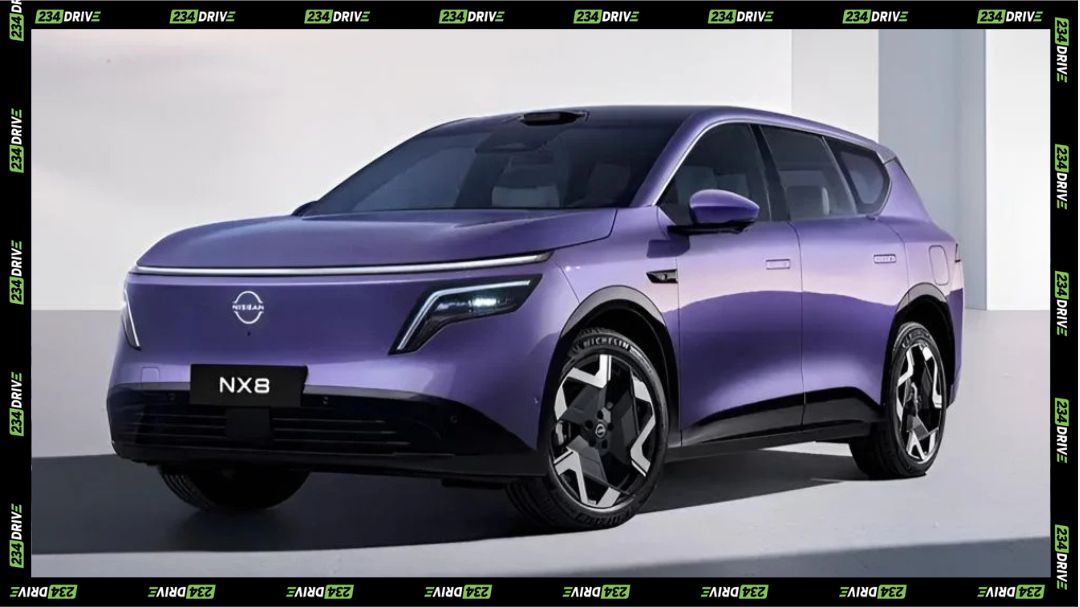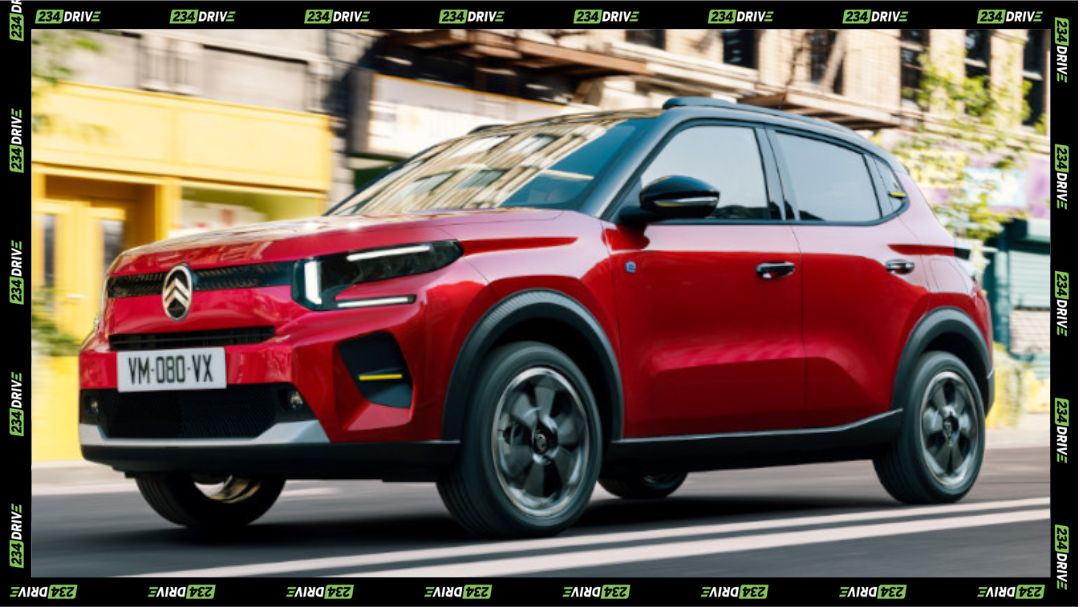Lamborghini recently wrapped up its strongest first half ever, driven by the full switch to hybrids.
In the first six months of 2025, the Italian marque delivered 5,681 cars worldwide, pulling in €1.62 billion ($1.77 billion) in revenue and €431 million ($470 million) in operating profit.

That’s not only a record but also a hefty 26.6% margin. Europe, The Middle East, and Africa (EMEA) topped the charts with 2,708 deliveries, while the Americas followed with 1,732 and Asia Pacific (APAC) added 1,241.
Leading the charge are the Revuelto plug-in hybrid and the Urus SE SUV—so hot that some buyers are facing up to a two-year waitlist.
But even with record performance, CEO Stephan Winkelmann flagged potential headwinds from U.S. tariffs on European-made cars. The current tariff rate sits at 27.5%, a level Lamborghini has largely absorbed while cautiously passing only part of the cost to buyers.

Winkelmann warned that raising prices too far risks volume loss, particularly in the U.S., Lamborghini’s single largest market with around 3,000 annual sales.
He added that new agreements could lower the rate to 15%, which would help ease uncertainty, but for now tariffs create a “V effect” where American customers hesitate on purchases until clarity emerges.
In August 2025, Stephan Winkelmann carried his concerns to the U.S. stage at Monterey Car Week in California.
Sitting down with CNBC, the Lamborghini boss didn’t shy away from the storm clouds: tariffs biting into margins, the brand’s total bet on hybrids, and the looming pressure of an all-electric launch in 2029.
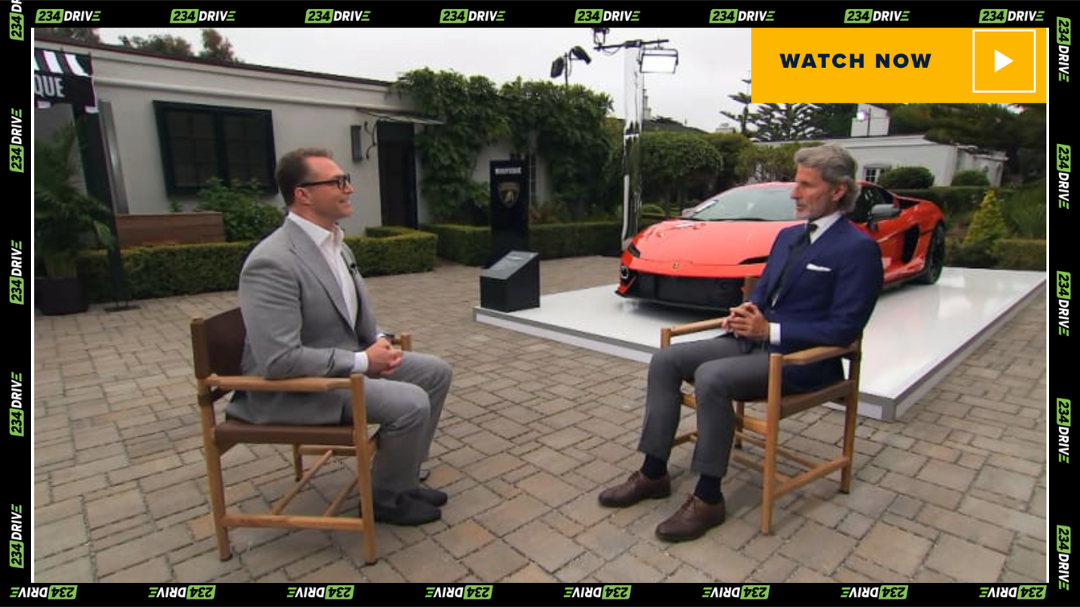
It’s a cautious tune he’s played before. Winkelmann has long spoken of “controlled growth,” reminding observers that Lamborghini’s 18-month order book is already packed through 2026.
Yet, while rivals like Bentley are wobbling under a 10% luxury market contraction, Lamborghini has managed to stay upright—thanks, for now, to its hybrid lifeline.
But the tone in Pebble Beach carried a trace of unease. Even a record order book can’t hide the risks of tariffs, shifting tastes, and an industry sprinting toward electrification.
The question is, can Lamborghini’s current strategy truly keep shielding it from the downturn, or is the bubble about to burst?


